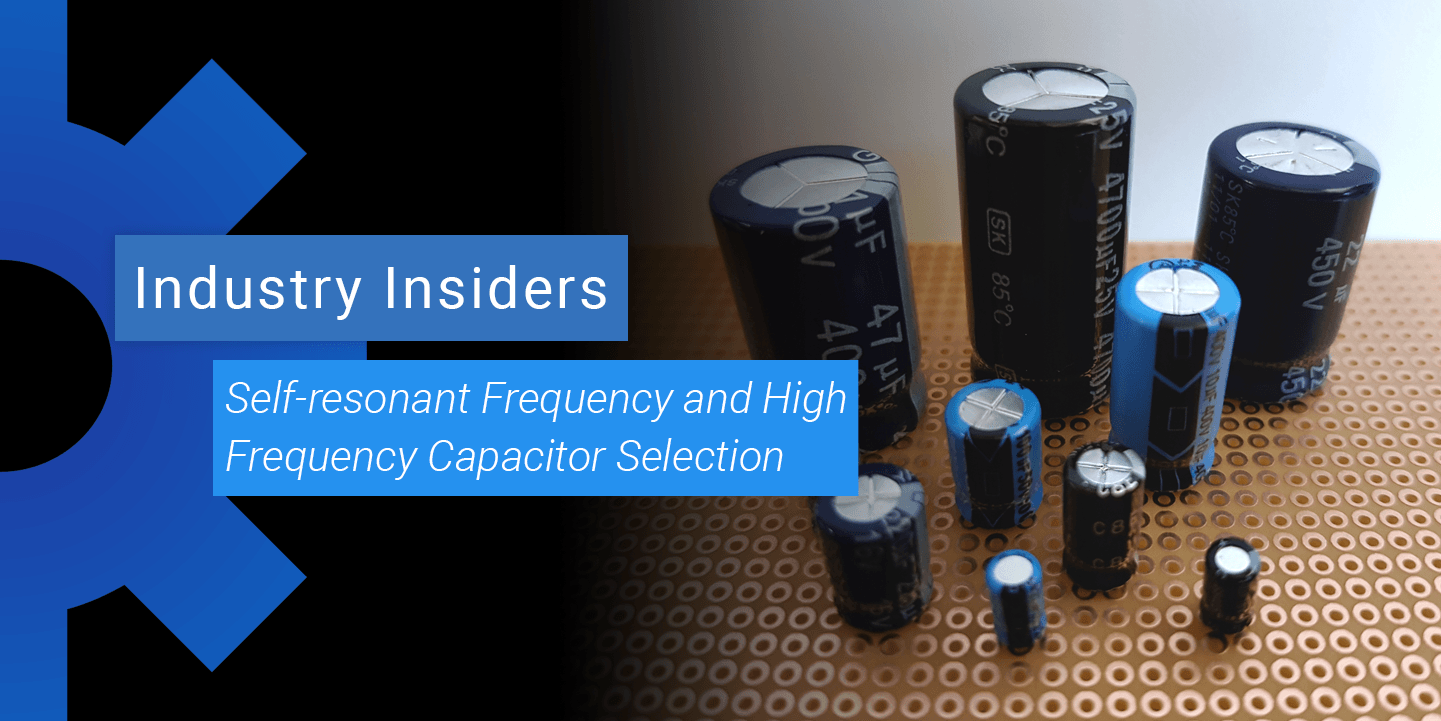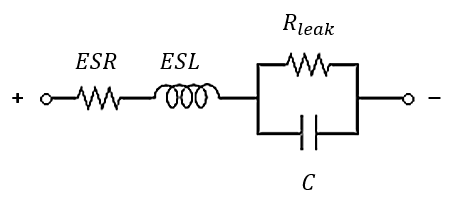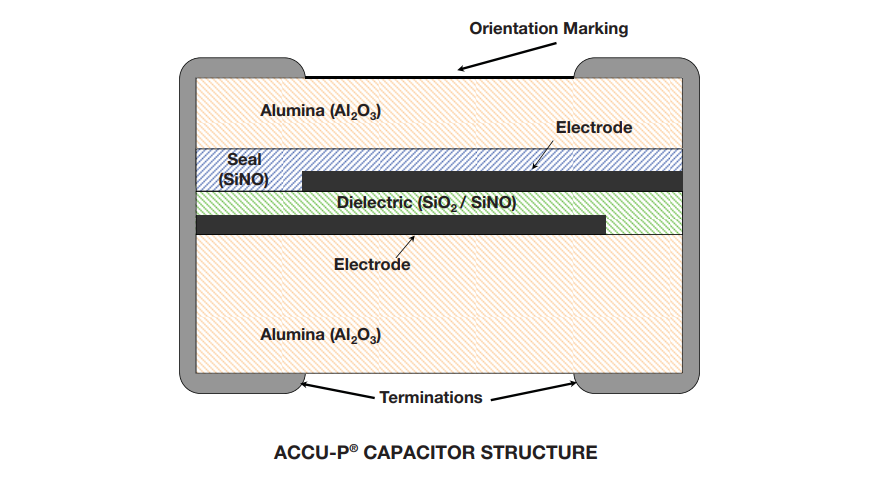
With more applications running at higher frequencies, and with digital devices set to run at even higher edge rates, various portions of your system may not act in an ideal manner. Capacitors used to ensure power integrity and for use in various circuits built with discrete components will not act as real capacitors at a certain range of frequencies. With this in mind, you’ll need to choose the right capacitor for very high speed/high frequency applications.
What Makes a High Frequency Capacitor?
The entire goal in choosing a capacitor is to make sure that it acts as close to a real capacitor as possible. Real capacitors have parasitic resistance (called effective series resistance, or ESR) and parasitic inductance (called effective series inductance, or ESL). Capacitors also have some leakage resistance across the two plates in the capacitor, but this is generally large enough that it can be ignored in high frequency applications, especially when working with large capacitors.
So what does this mean for your capacitors? Essentially, it means that every capacitor is really a series RLC circuit. This means it has some resonance frequency when driven with a periodic signal. At low frequency, the impedance provided by the capacitor is dominant, and your capacitor will exhibit close to ideal behavior. At sufficiently high frequency, the ESL value takes over, and the impedance starts to appear inductive. This produces an effect known as self-resonance at just the right frequency.
 Equivalent high frequency capacitor model.
Equivalent high frequency capacitor model.
This means that the important characteristic distinguishing different capacitors for different frequency ranges is the capacitor’s self-resonant frequency. At this particular frequency, the capacitor will exhibit its minimum impedance and a very strong current response.
For PCBs that will operate a high speeds and high frequencies, the selection of capacitors becomes very important. With high speed digital signalling, capacitors should be selected such that they have ideal capacitive impedance up to the signal’s knee frequency (0.35 divided by the 10%-90% rise time). In other words, the self-resonant frequency should be greater than the knee frequency. With high frequency analog signals, any capacitors should be chosen such that the relevant frequencies in the system are lower than the self-resonant frequency.
This is important from a design aspect as you need your capacitors to act like ideal circuit elements, otherwise you might miscalculate the capacitance you are providing in a particular circuit. It is also important from a power integrity and signal integrity aspect. Capacitors used for bypassing/decoupling are intended to suppress power fluctuations and ringing in a power bus or signal chain when transistors switch, but a mis-sized capacitor can produce ringing due to self-resonance rather than suppressing it.
Some High Frequency Capacitors for Your Next Design
In addition to the standard capacitor selection criteria, you should focus on locating the self-resonant frequency of a candidate capacitor, if it is listed in a datasheet. If you cannot find this value in your datasheet, then you should at least locate the ESR and ESL values. You can then quickly calculate the self-resonant frequency for a series RLC circuit using these values (ignore the leakage resistance for simplicity):
 Self-resonance frequency of a capacitor.
Self-resonance frequency of a capacitor.
Once you locate the various specifications, you can use the above equation to quickly check that a given capacitor will have a sufficiently high self-resonant frequency. You can read more about proper sizing for bypass/decoupling capacitors in this article.
Some other important aspects to consider are:
- ESR frequency stability: As ESR is a parasitic effect, it can also be a function of frequency. This will affect the shape of the capacitor’s measured impedance curve to some degree. This will also affect sizing in some very high frequency applications.
- Surface-mount vs through-hole: This becomes extremely important at microwave and higher frequencies. The pin on a through-hole capacitor can act like a strong resonator at extremely high frequencies (mmWave), meaning it will radiate strongly like an antenna. Keep this in mind.
- Temperature and voltage stability: Capacitance (and all other ratings) can change with the input voltage level and temperature.
- First series resonance (FSR) and first parallel resonance (FPR): These are the lowest rated frequency value at which S11 and S21 are rated for the capacitor in question.
Here are two excellent sets of high frequency capacitors that are ideal for applications in the GHz range:
American Technical Ceramics MLCCs (1-50 GHz)
The 600 series of ceramic multilayer capacitors from American Technical Ceramics are ideal for use in the low-to-mid GHz ranges. These capacitors are SMT components with stable capacitance ratings in the 0.1-100 pF range.
 Self-resonant frequency data for the ATC 600 series, from the datasheet.
Self-resonant frequency data for the ATC 600 series, from the datasheet.
AVX UQ Series (1-10 GHz) and Accu-P Series (4-20 GHz)
The UQ series capacitors from AVX are ideal for upcoming 5G systems and handsets. The Accu-P series of thin-film capacitors is ideal for devices operating in future 5G bands and shorter range automotive radar. Other applications include satellite and medical devices. These capacitors are SMT components with stable capacitance ratings in the 0.1-100 pF range.
 Accu-P thin film high frequency capacitor structure, from the Accu-P datasheet.
Accu-P thin film high frequency capacitor structure, from the Accu-P datasheet.
Octopart’s catalog contains a huge range of capacitors and other passive components for any application. If you are unsure which high frequency capacitor you need, try using our Part Selector guide to determine the best option for your next product.
Stay up-to-date with our latest articles by signing up for our newsletter.